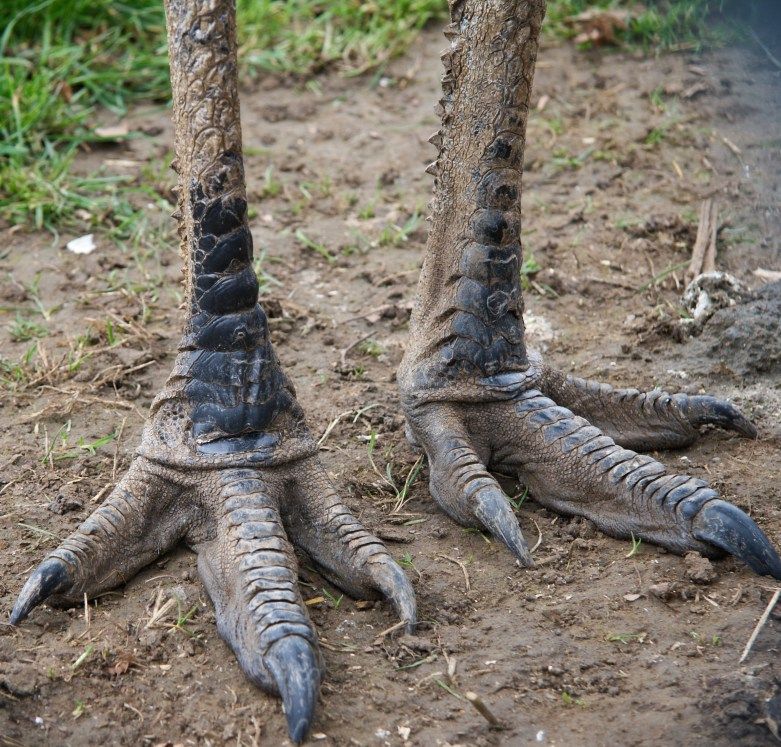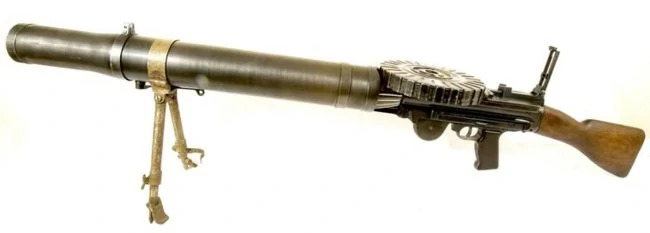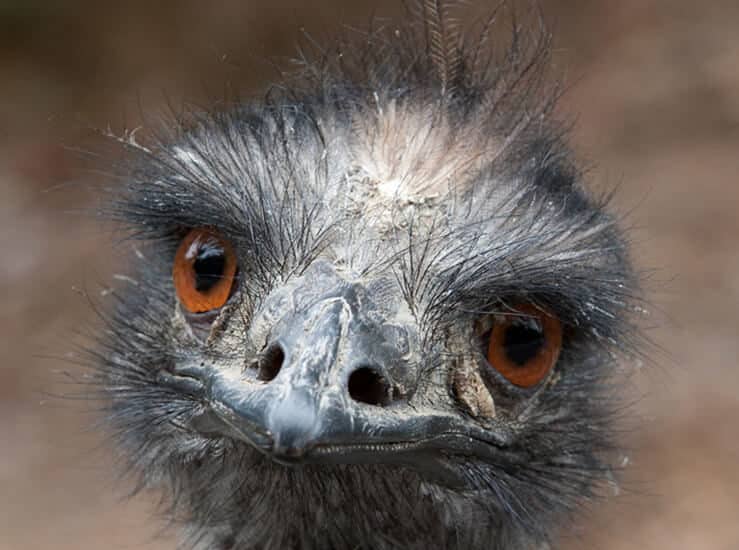Did you know that in 1932, the Australian government went to war with the Emu population of their western states? By most accounts, it seems that the Australians lost, or at least failed to do much more than shoot a ton of the big flightless birds. The Emu War, as it’s called, is a fascinating piece of history that’s largely misunderstood. The misunderstanding comes from the fact that it became such a widely known meme. Today we are doing a deep dive into the Emu War and see what exactly happened to make this military operation such a failure.
The beginning of the Emu War
Now, these Emus weren’t exactly working for the Kaiser, but the origins of the Emu War go back to the aftermath of World War I. After World War I returning soldiers were granted land in western Australia. The idea was that these soldiers could return to their country with a debt paid for their service, and they could begin to farm the land. Think of it as a G.I. Bill for a post-World War Australia.
The land wasn’t the best for farming, and the arid conditions didn’t exactly make it a lush proposition, but the Australians seemingly worked their farms hard and, during the Great Depression, were encouraged to grow wheat. Yet, the farmers faced many difficulties, from failing to receive promised subsidiaries to the rising threat of the emu menace.

Emus typically stick to coastal regions, and in Australia, why wouldn’t you? That changes when breeding season ends, and the emus begin to migrate inward to the center of the country. Farmers in Western Australia were barely making it, and the arrival of some 20,000 emus greatly threatened their crops, properties, and livelihoods.
The farmers, who were all WWI veterans, requested machine guns to deal with the problem. After fighting in WWI, these guys knew how powerful and capable machine guns were. The government agreed, but it decided to also deploy soldiers. Meanwhile, the Western Australian government would fund the expedition.
Related: Machine guns have the Marines to thank for their role in warfare

It seemed like a win-win. The farmers’ crops would be protected, and the Australian soldiers would get some thrilling target practice.
The belligerents
One misunderstood aspect of the Emu War was the size of the Australian force that participated. Most accounts and most memes make it sound like some massive invasion of Aussie soldiers. In reality, it was three men total who made up the machine gun party. They were members of the Seventh Heavy Battery of the Royal Australian Artillery. The men deployed were the commander and officer in charge, Major Meredith, with his Sergeant McMurray and Gunner O’Halloran.
They brought two Lewis guns and 10,000 rounds of ammunition. The Lews gun is an odd cat. It’s a machine gun in terms of its rate of fire but is not a belt-fed weapon. Instead, it feeds from a top-mounted pan magazine that can hold 47 or 97 rounds. The sergeant likely acted as the A-gunner and spotted targets, directed fires, and kept the gun loaded.

During the period of the Emu War, a Lewis gun would be considered a relatively light machine gun, although it weighed 28 pounds. Light in these times meant man-portable, and the gun was certainly man-portable.
Their enemy, the emu, is an impressive species. It is nearly six feet tall and weighs up to 140 pounds. Although it can’t fly, it can run 31 miles per hour and has extremely powerful legs. Those powerful legs end in feet with impressive talons that can rip and tear. Also, emus are pack animals and would always outnumber the soldiers hunting them.
Related: That time the U.S. Army went ghost hunting in Germany
The Emu War
In October, the men began the operation, and it was instantly disrupted by rainfall. The rain was enough to scatter the emus into smaller groups and halt the soldiers’ ability to hunt the beasts. The men took shelter until November and then began conducting operations.
They quickly found that their little Emu War would not be short or superbly successful. Their first attempt saw the birds remaining out of range, and even with farmers helping to drive them to the soldiers, they only killed a dozen or so birds.

The next big event was the attempted ambush of 1,000 birds. They were driven to a local dam where the gunner waited. As they closed the range, the soldiers opened fire with Lewis gun, but the gun jammed, and the birds scattered, only taking about a dozen casualties.
The soldiers then moved south and, day after day, were met with very limited success. The major eventually mounted the gun on a truck, creating a very early technical. They intended to chase the emus and gun them down. However, the emus proved to be faster than they thought, and the gunner couldn’t acquire a sight picture due to the bumpy offroad terrain.
Increasingly negative coverage and limited success ended the operation temporarily, and the men and their guns went home, killing somewhere between 50 and 200 birds and firing 2,500 rounds.
As ornithologist Dominic Serventy stated afterward:
“The machine-gunners’ dreams of point-blank fire into serried masses of Emus were soon dissipated. The Emu command had evidently ordered guerrilla tactics, and its unwieldy army soon split up into innumerable small units that made use of the [Australian] military equipment uneconomic. A crestfallen field force, therefore, withdrew from the combat area after about a month.”
It’s not over… yet

The emus continued to pester farmers, destroy crops, and generally bring chaos to the settlers. After much discussion in the senate, Major Meredith was deployed once more with Lewis guns to cull the herds.
This second venture turned out to be more successful, and in less than a month, the soldier was killing 100 emus a week. The end result was the culling of 986 emus with almost 10,000 rounds discharged. Reportedly at least 2,500 emus were also wounded and would likely die from the gunfire.
The Emu War was over. While the Australian military’s operations improved in the war’s second phase, they were not quite successful, with less than one percent of the emus killed. However, there were no casualties on the Aussie side.

Emus continued to be a problem, and farmers requested assistance over and over. Eventually, a bounty system was put in place, and practices like exclusion fencing proved to be effective. The Australian government also released half a million rounds of .303 ammo to the farmers to eliminate the emu threat.
A combination of armed farmers, fencing, and a bounty system seemed to solve a problem the great Australian military couldn’t. However, the Great Emu War proved that a light, fast-moving fighting force that broke into small units is a force to be reckoned with, even if that force is a big flightless bird.




